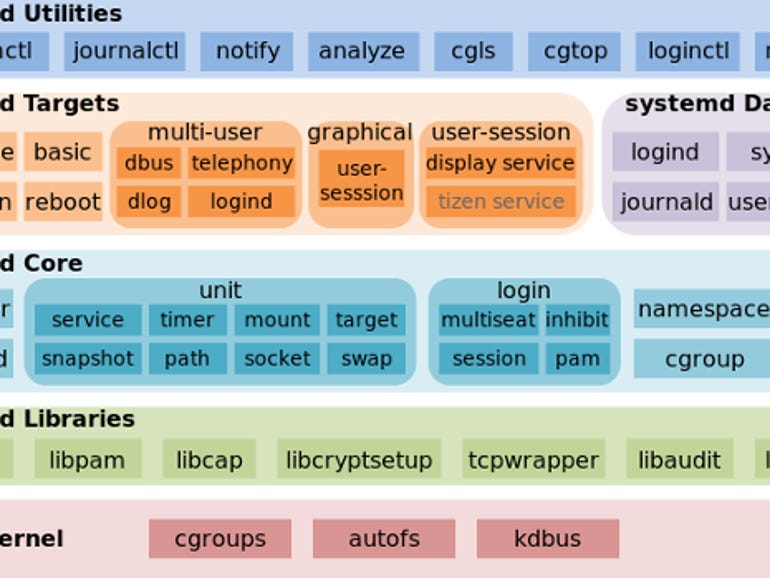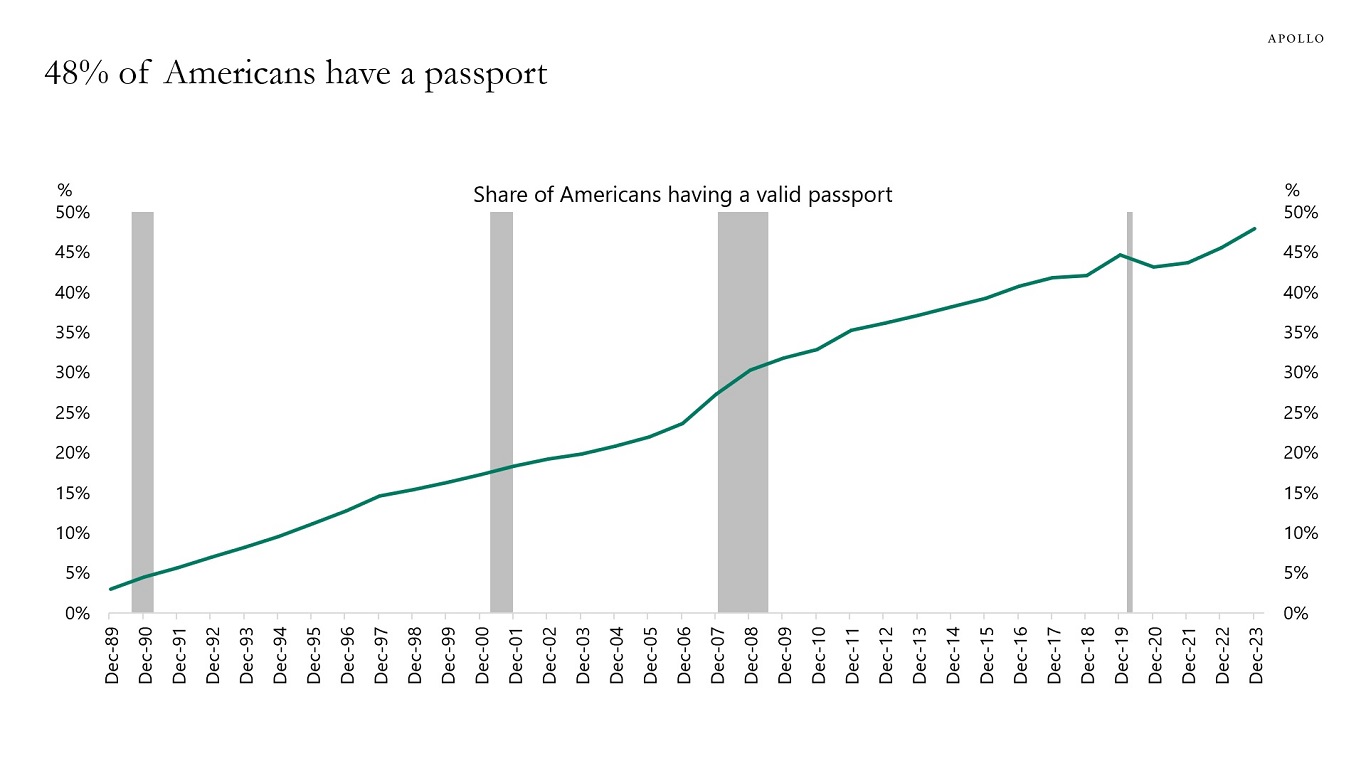Schneier on Security
In one instance, the researchers, acting as attackers, wrote an email including the adversarial text prompt, which “poisons” the database of an email assistant using retrieval-augmented generation (RAG), a way for LLMs to pull in extra data from outside its system. When the email is retrieved by the RAG, in response to a user query, and is sent to GPT-4 or Gemini Pro to create an answer, it “jailbreaks the GenAI service” and ultimately steals data from the emails, Nassi says. “The generated response containing the sensitive user data later infects new hosts when it is used to reply to an email sent to a new client and then stored in the database of the new client,” Nassi says.
In the second method, the researchers say, an image with a malicious prompt embedded makes the email assistant forward the message on to others. “By encoding the self-replicating prompt into the image, any kind of image containing spam, abuse material, or even propaganda can be forwarded further to new clients after the initial email has been sent,” Nassi says.
Abstract: In the past year, numerous companies have incorporated Generative AI (GenAI) capabilities into new and existing applications, forming interconnected Generative AI (GenAI) ecosystems consisting of semi/fully autonomous agents powered by GenAI services. While ongoing research highlighted risks associated with the GenAI layer of agents (e.g., dialog poisoning, membership inference, prompt leaking, jailbreaking), a critical question emerges: Can attackers develop malware to exploit the GenAI component of an agent and launch cyber-attacks on the entire GenAI ecosystem?


















